This column was provided by the folks at CODO Design, a small branding firm based in Indianapolis. They’ve worked with breweries across the United States and around the world, on naming, positioning, branding and rebranding, responsive web design, and package design. If you’d like to discuss your branding leading up to CBC in Denver, shoot Isaac an email: [email protected].
As far as craft beer goes, Denver is the most advanced market we’ve visited. On a recent trip, we found ourselves in the RiNo neighborhood (AKA the “River North Art District”), searching for a particular dispensary (a story for another time) and passed no less than three breweries in a block-and-a-half span. Three. All newer, smaller operations, with identical austere interiors and nearly-identical hazy IPAs. While this is not necessarily a bad thing for beer lovers, from one spot to the next, a sense of deja vu was palpable.
The exact number is ever-shifting, but Colorado remains in the top five, both for number of breweries total, and breweries per capita in the United States. Nearby Boulder is recognized as the city with the most total breweries stateside. A quick search reveals dozens more in the works for the state of Colorado, with every indication that this growth will continue. In what is arguably the craft beer epicenter of the world, there is no shortage of rock-star brewers in line, ready to open the next buzz-worthy spot.
This obsession with newness puts established brewers in a precarious place. In a market rife with frenetic growth, attention is at a high premium. Breweries who have been around for merely three or four years are deemed old news. On top of that, if you aren’t kicking out the most on-trend, up-to-date beer styles, it’s hard to secure a tap handle, let alone generate buzz among hyper-opinionated, local craft beer consumers.
This was the lay of the land when Prost Brewing Co. contacted us to discuss a potential rebrand.
In an industry ever-fixated on the shiny and new, Prost is an anomaly. We didn’t realize just how special their beer is until we journeyed out to Denver for the project kickoff. Prost is one of maybe a dozen breweries in the United States that can claim to brew in adherence of the Rhineheitsgebot (German beer purity law) for their flagship lineup. All grains and hops are imported from Germany, then subject to a variety of old-world brewing methods, including esoteric detours like decoction, horizontal lagering and step mashing.
All of this passes through a massive copper brew kettle — purchased and flown over piece by piece from a nearly 400 year old brewery in (deep breath) Breitengüßbach, Germany — with very little automation built-in. It’s a miracle that their beer is so consistent from batch to batch. Beyond garden-variety Instagramable mash-ins and hop additions, Prost’s brewers monitor every step of the process, at times feverishly turning decades-old valves by hand to adjust water flow or temperature. Their focus on clean, crisp, traditionally brewed lager beer stands out sharply amidst a de rigueur backdrop of “hazy this” and “juicy that.”
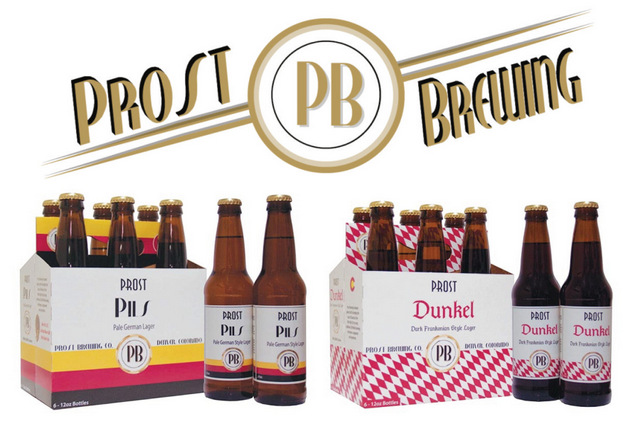
Even still, after five years of operation: Prost was feeling the pressure. Dated branding and lackluster package design contributed to the idea that Prost represented the “old guard.” A sad state of affairs, considering Prost makes what we regard as some of the best beer in the country. When our other brewery clients found out we were working with Prost, they assumed a tone of reverence normally reserved for standbys Sierra Nevada, New Glarus or Dogfish Head. Almost every one of them had a story about going to Denver and sitting in their taproom for hours, drinking liter after liter of Pils or Dunkel.
In short, there was an obvious disconnect between the quality of Prost’s beer and their overall perception within a fickle, scene-driven market.
Fortunately, brewery leadership refused to let this disconnect go unaddressed. Prost has begun renovating their flagship Denver taproom and launching a few more locations across Colorado. Additionally, they’re ramping up their off-premise focus and opening up the equally competitive California and Texas markets. What started as a conversation about retooling packaging quickly morphed into a rebranding and repositioning project, including core identity and messaging, packaging, merch, sales material, environmental design and a fully-responsive website, all built from the ground up.
We wrestled with some interesting ideas along the way:
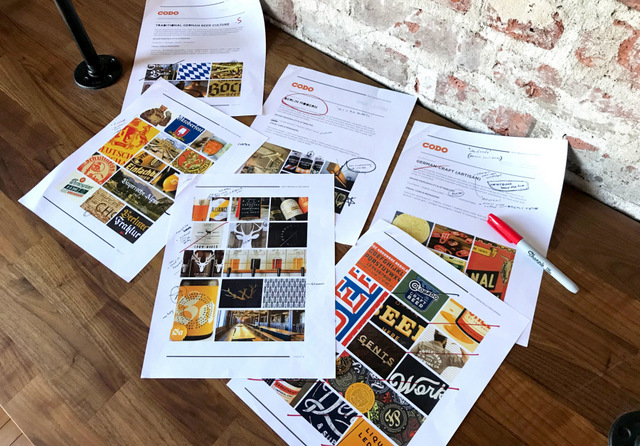
German beer vs. craft beer
Is there a disconnect between contemporary American craft beer and the traditional Rhineheitsgebot approach to brewing? A key factor of craft beer’s success has been experimentation. Boundary-breaking recipes, adjuncts and aging processes stand apart from set-in-stone Old World methods. Can these two seemingly different approaches live together under the same roof? Prost is proof that they can indeed.
While their core lineup cleaves close to the traditional, their brewers and leadership have no qualms with pushing their seasonal and specialty releases past the norm of traditional German offerings. If Craft Beer (capital C, capital B) is vehemently opposed to anything, it’s the industrialization and watering down of mass produced beer. By focusing on Prost’s positioning as a premium, hand-crafted product, we’re not specifically speaking to German purity laws, but of precision and taking pride in the craft of making a perfect beer itself.
But is it too German?
Traditional German beer culture trappings, while fun, tend to be kitschy and dated. Don’t get me wrong, I personally love everything about it: but weird old cuckoo clocks, lederhosen and ceramic steins don’t necessarily convey quality in 2019. This summarizes the biggest question we tackled throughout the entire brand strategy process:
To what degree do we modernize the traditional German look & feel? How can we make Prost look more premium through its overarching identity, tap room design, website and storytelling while remaining true to their most important differentiator?
The danger here: if Prost looks completely modern and sleek, it undercuts what sets the brewery apart in the first place. But, as already discussed: if things look too traditional, the end result may not leap off of shelves and grab peoples’ attention the way beer of this caliber should. To strike a workable balance, we toured the more modern, diverse and progressive visual language of East Germany, while retaining a touch of Bavarian familiarity. With these parameters in place, we worked with Prost to develop the brand essence, ‘Berlin Modern’.
This strategy culminated in a custom-built logotype that calls back to traditional German Blackletter in a clean, contemporary way (look at those sexy angles), plus a series of secondary icons and a confident makers mark harkening to traditional German craftsmanship.
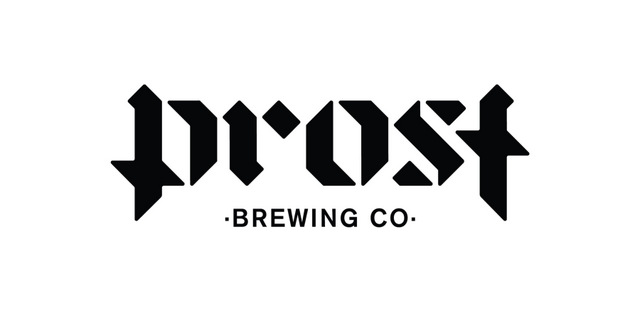

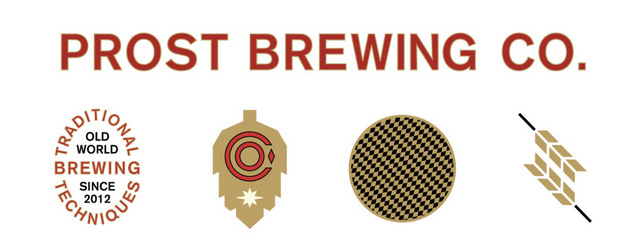
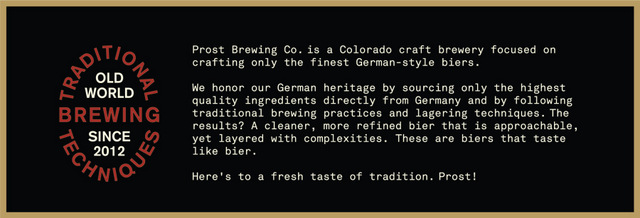
Prost’s flagship packaging expands on this idea with subtle Bavarian patterning and a bold black/cream combo threading the portfolio together. Individual colors differentiate each style and SKUs. All told, we revamped 9 bottle labels and 6-pack carriers, a variety pack and 24-pack.
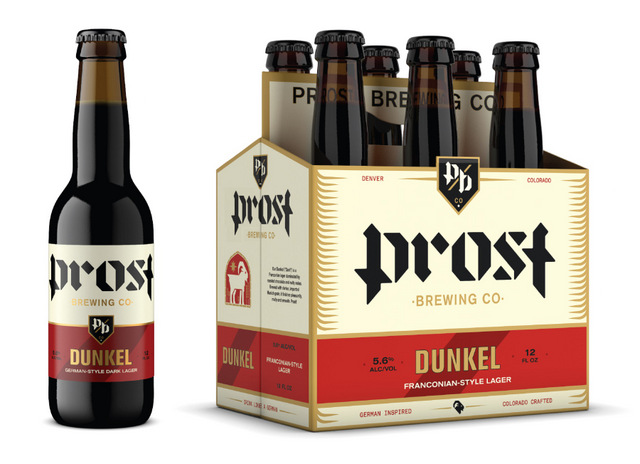
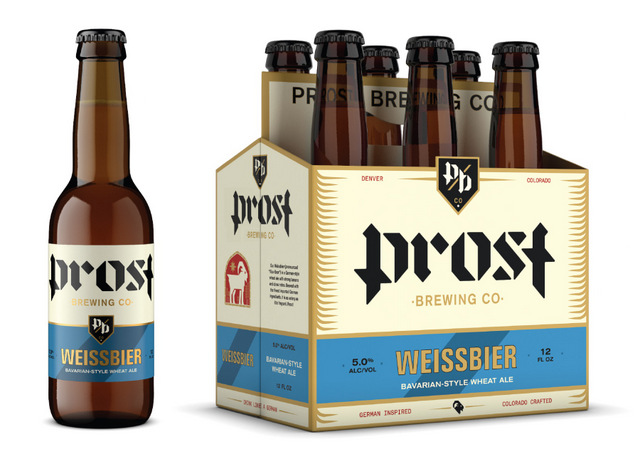
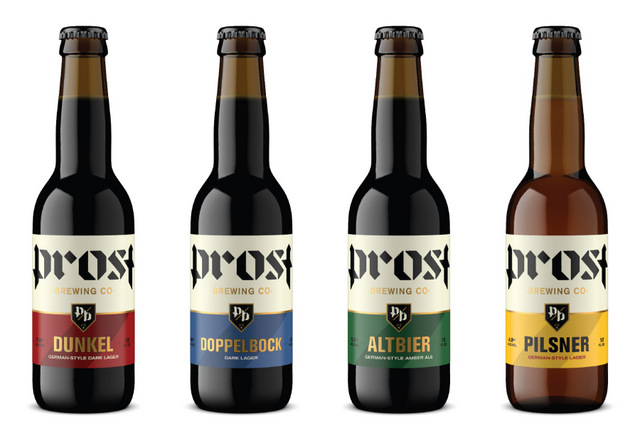
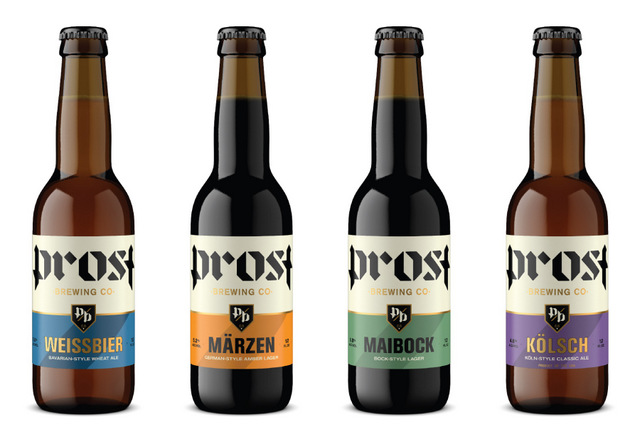
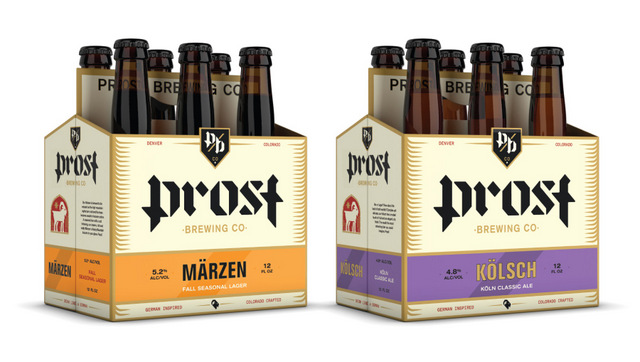
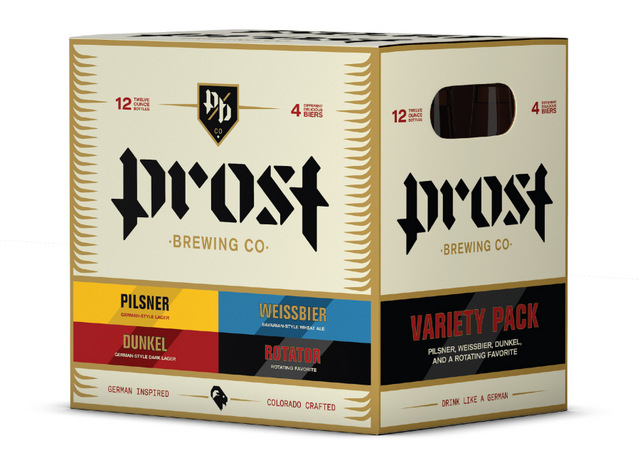
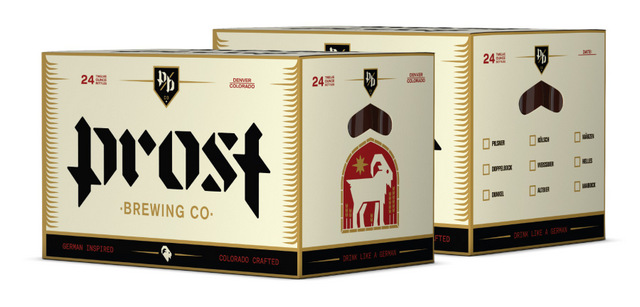
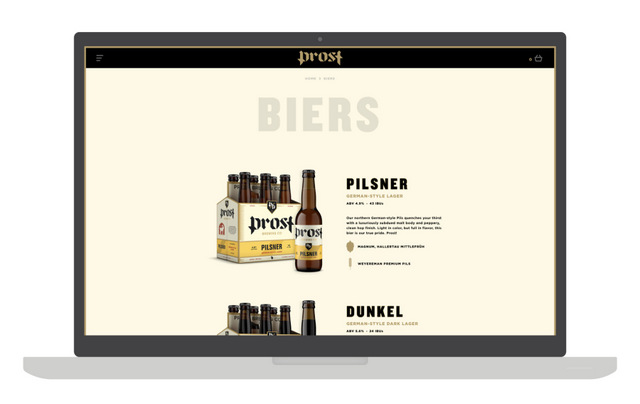
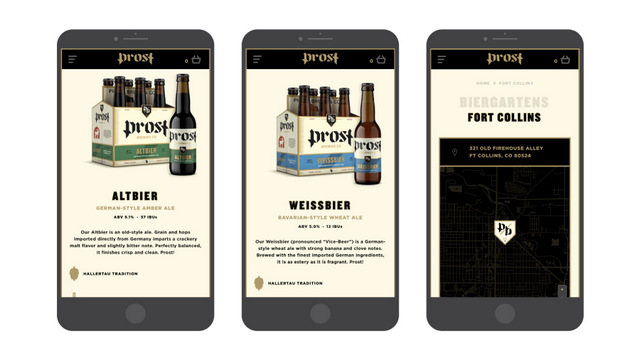
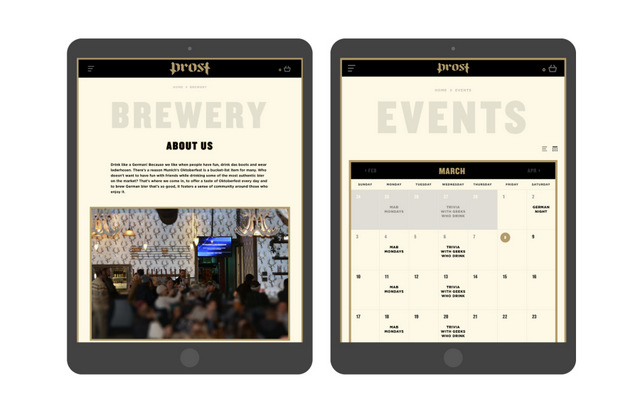
Prost’s new website represents a monumental leap forward, giving staff a handy way to launch new taprooms and markets without incurring loads of additional design or development work. We also built a fun brewery history timeline, championed their new package design, and built out a robust e-commerce store offering custom merch and brewery tour bookings. This new build is a fully-custom, responsive site that allows them to update content and images without touching a single line of code.
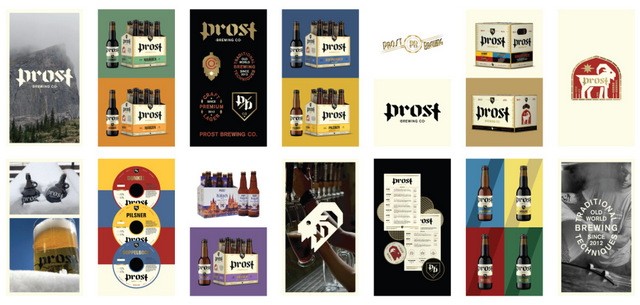

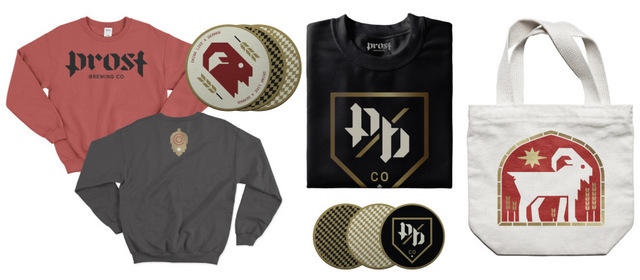
Wrapping this all up, we addressed a bevy of design touch-points, including custom merchandise, environmental signage, delivery vehicles, coasters, in-house menus, and sell sheets for distributor partners.
***
It pains us to say that, as of the time of this article, we cannot find a beer that matches the refreshment, balance and subtle bite of Prost’s Pils here in Indiana. If we are to take one thing away from this project, it’s an expanded appreciation for the wonderfully understated world of German lagering. Hazy IPAs have been the lifeblood of many a nimble new brewery, but as a result, it’s tough to find a brewery (and beer) that stands out from the pack. With so many players in the market, it’s equally difficult to find a beer that stops you in your tracks on its own merit—because it tastes that damn good. For our part, if we’ve helped to make this stuff look as good as it tastes, then we hold that as a major point of pride. Prost!
If you’d like to learn more about branding your craft brewery or B2B company, check out CODO Design’s Craft Beer Branding Guide. This practical, step-by-step guide will help you navigate the entire branding process from naming and positioning, branding or rebranding, developing your responsive website and package design.


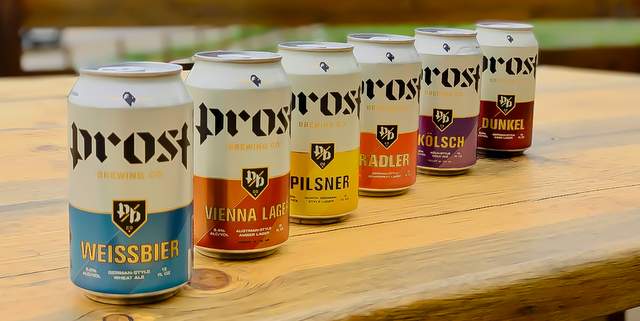
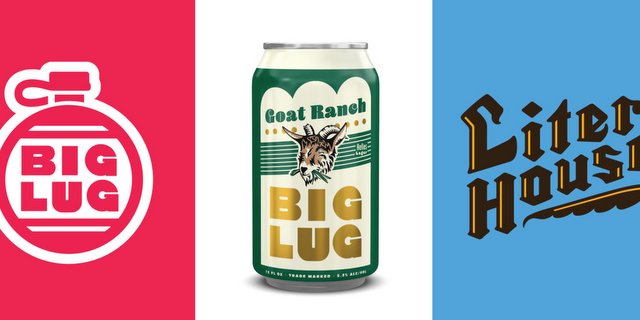
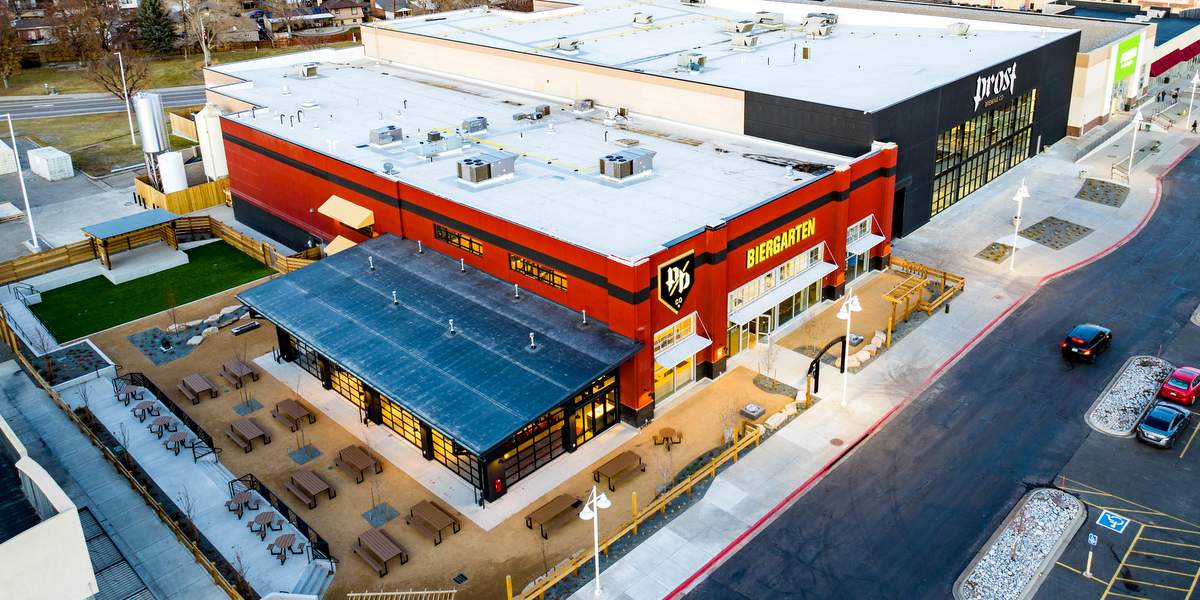
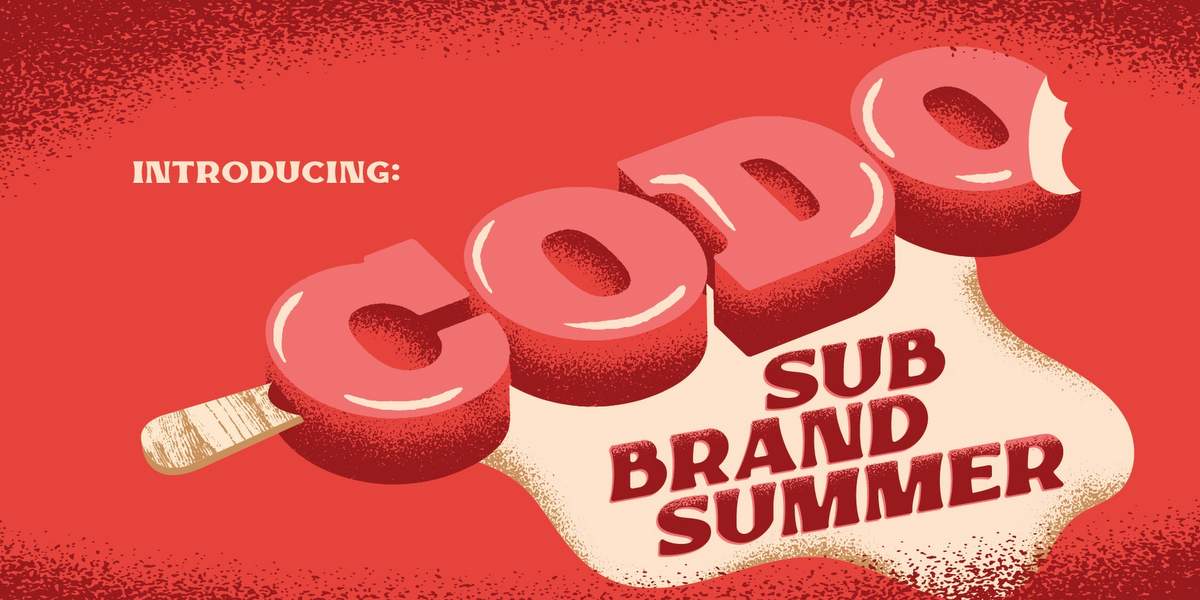
Daniel Torres says
Tim
E.C. Walker says
Daniel interesting article.
Zac Rissmiller says
I guess I wonder what’s that different in being a Belgian, English or American style brewer? RiNo has all of those, as well. Including other German concentrated brewers.
E.T. Liz Crowe says
Denver comment: honestly, I’ve been to a zillion breweries all around the world (OK not a zillion but you get me) and my absolute favorite was one in a former gas station/garage that only served cask ales. And that’s not even my favorite style. The place was just…cool as hell and the beers perfect.
Brent Ainsworth says
Yeah, but traditional German styles are not why I got into craft beer, and I’m pretty sure I’m not alone. I scratch my head every time I see an American craft brewery trying to duplicate styles that have been perfected overseas over the past 500 years. Are they really trying anything unique with their dunkels, maibocks and hefeweisens? Or are they “nearly identical” just like the hazy IPA makers? To each his or her own, I guess. When I walk into a brewery or taproom, I never order something marketed as traditional German. But if you love it, drink it!
Peyton Moss says
Brent Ainsworth why not? I have had some pilsners better than any German or Czech style from those countries that I could find anywhere, and some brewers actually went to Germany or were born there.
I don’t avoid Pierogi Factory for Polish food simply because I’m not in Poland or they weren’t made in Poland.
Tony Mullen says
Brent Ainsworth There’s a reason these beers have stood the test of time and are still very popular amongst a large portion of the beer drinking population. They’re just good if executed well. There is a market for these
Noah Mitchell says
not to mention you can’t hide your flawed beer with hops in a Pilsner
Brent Ainsworth says
My point above was just about my preference for more creative artisan ales. I’m gonna say “meh” to the best pils in the world despite that the style has stood the test of time and proven its popularity worldwide. Can’t argue with that. If I am in a restaurant and the menu only has German style beers like that, I usually order water and wait for the next stop on our evening tour.
Zac Rissmiller says
Brent Ainsworth I would ask though: Do you find your self ordering the same type of beer at every brewery?
Brent Ainsworth says
Zac Rissmiller Nope. Depends on my mood at the time. Often I order something that’s 5% ABV or less and follow up with something high-octane. For the lower-alk stuff, I lean toward session pales, session IPAs, Irish dry stouts. I guess what turns me off about most pils is the carbonation and effervescence. Bubbles get in the way of real taste.
Zac Rissmiller says
Brent Ainsworth hey drink what you want right?!
Brent Ainsworth says
Zac Rissmiller Zakly, but I love it when the craft industry bites into the macrobrew market share. I tell my Coors Light-drinking pals that I would LOVE to do a blind tasting with them to make a point. I’d find kolsches, lagers and pils from local breweries and challenge them to tell me that they like their Silver Bullshit more than those.